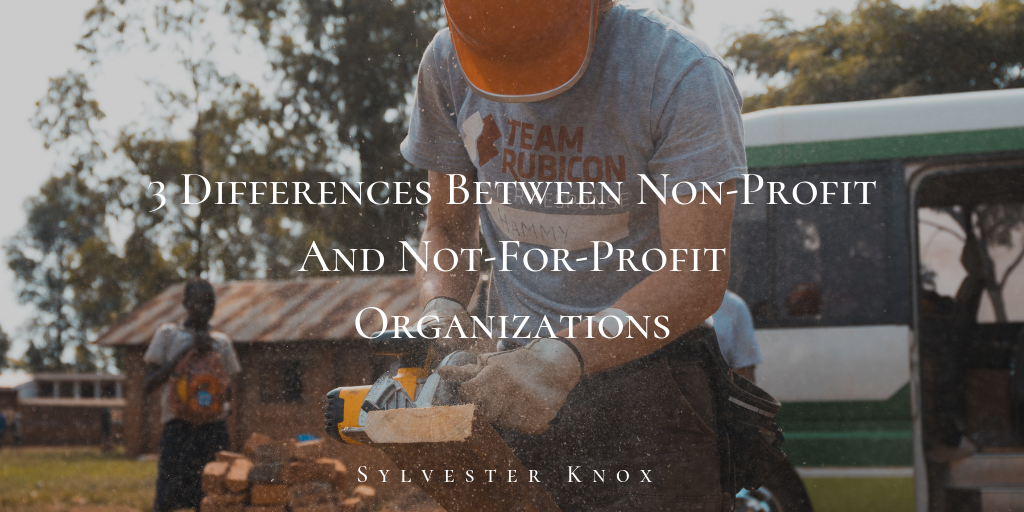Both non-profit and not-for-profit organizations are often referred to as simply non-profits. While they are both very similar, there are also some distinct differences between the two. That being said, there are also a number of organizations that can potentially qualify for either status. Understanding the differences between the two can sometimes be challenging because they are sometimes small but important. Here is an outline of the differences between non-profits and not-for-profits.
Tax Exemption
Both non-profits and not-for-profits can apply for a legal exemption from paying taxes. Non-profits, however, obtain their legal exemption under the 501(c)(3) requirements in the tax code. Those requirements state that the organization must exist and operate exclusively for one of several purposes, which can include religious, charitable or educational purposes. Not-for-profits, however, must meet 501(c)(7) requirements, which states the organization must be created for pleasure, recreation and other similar non-profitable purposes. So, for instance, a social club might raise money for charity, but they do not exist for charitable purposes, so they would be a 501(c)(7) or not-for-profit organization.
The Legal Status of the Organization
A non-profit is generally a charter organization that holds legal status completely separate from its membership. For instance, non-profit organizations are generally formed as corporations, so even if all of the members leave, the non-profit can actually change hands or “ownership” as it were. Not-for-profits are essentially the sum total of their members, so if all of the members quit, the not-for-profit would simply cease to exist.
Scope
While this is not necessarily a hard and fast rule, the scope of non-profits tends to be significantly broader than that of not-for-profits. Some organizations that might be a not-for-profit if they were local actually become non-profits if they have a national reach. A perfect example of this is the Girl Scouts of America. Even though they are predominantly a social organization, their national scope makes them a non-profit. Interestingly, however, their annual cookie sales are actually a not-for-profit drive that is conducted by a non-profit organization, while the company that actually makes their cookies is a for-profit organization that does in fact profit from cookie sales. Conversely, a small, local, non-denominational church may not have national reach, but they are still a non-profit as opposed to a not-for-profit.

